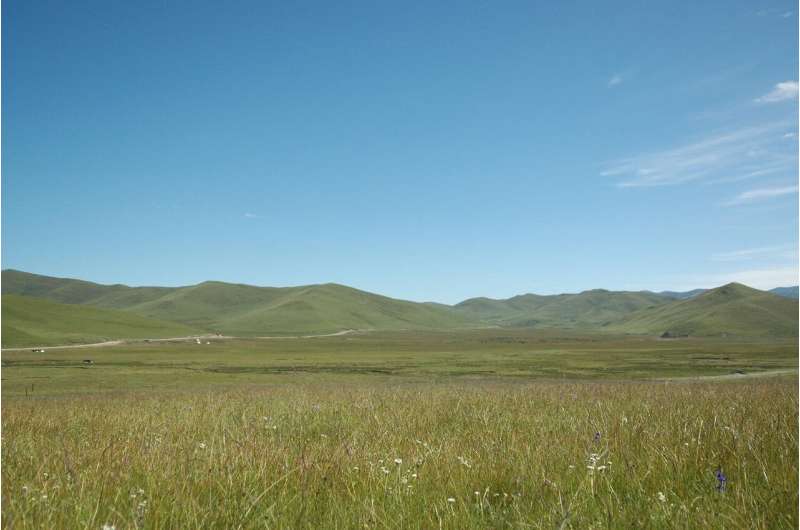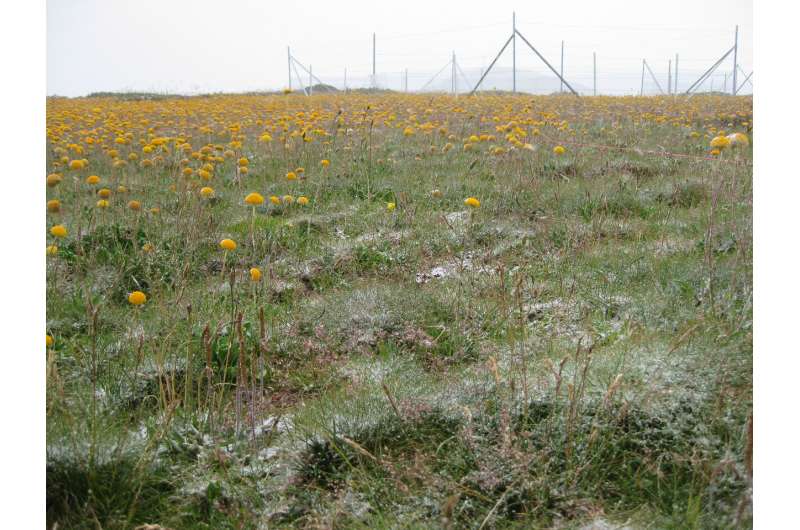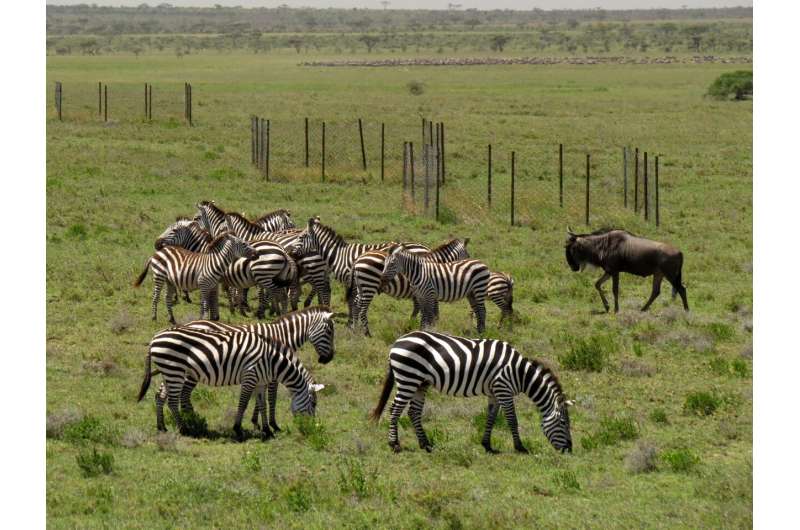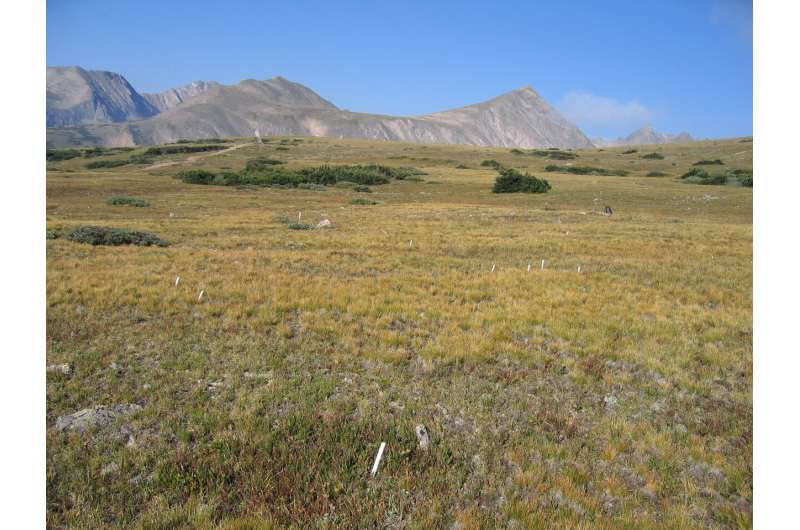Credit: Utrecht University
Fertilization is a major threat to the stability of grasslands at the local and larger spatial scale. That is the conclusion of a large international research group, led by researchers from Utrecht University.
The researchers investigated almost 250 grassland communities across the globe and their stability in response to fluctuations in the environment. Greater plant species diversity improved the stability of grasslands at the local and larger spatial scale, but fertilization consistently weakened this stability at both scales. The researchers publish their findings on 23 October in Nature Communications.
Grasslands are one of the most widespread and diverse ecosystem in the world. Grasslands provide many services and goods to humans including food for livestock, carbon sequestration, water purification and esthetics. However, grasslands around the worlds are facing climate change with more intense and frequent climate events including droughts, floods and deluges.
Concurrently, eutrophication reduces plant diversity worldwide. "This is concerning, as plant diversity usually increases plant productivity and mitigates the impact of climate change on grassland biomass production through time, thus benefiting livestock and humans," says lead author Yann Hautier of Utrecht University.
Credit: Utrecht University
Larger scale
Hautier's lab previously showed that eutrophication of grasslands from nearby industries and agroecosystems usually reduces local grassland plant diversity and destabilizes biomass production from one year to the next. What remained unknown was whether these effects observed at the local scale propagated to the larger spatial scales most relevant for policy, nature management and conservation of biodiversity.
Therefore, researchers from Utrecht University together with an international research team (the Nutrient Network), determined the relationship between plant diversity and the stability of biomass production through time. They determined this for 243 plant communities from 42 grasslands around the globe, and also quantified the effect of chronic fertilization on these relationships.
"We found that biomass production was more stable through time with higher plant diversity at both the local and larger spatial scale," says Shaopeng Wang of Peking University. "This is because when plant diversity is higher, there are more chances that at least one of the plant species will be thriving under the particular condition and thus compensate for the loss of productivity from the other species within and between local communities."
Credit: Utrecht University
Climate extremes
"Our results are highly relevant to agroecosystems," says Yann Hautier of Utrecht University. "By sowing monocultures of crops and high inputs of pesticides and nutrients, agro-ecosystems are much less diverse than the natural ecosystem they replace. Climate extremes are not only reducing yields in individual fields, but also destabilizing food production through time at the larger spatial scale. These shortages and surpluses lead to economic consequences for farmers and consumers. Our results confirm that increasing plant diversity within local crop fields (e.g., intercropping), can insure a reliable production through time within fields. Moreover, they show that increasing crop diversity among crop fields (different crops in different fields across the landscape) can insure a stable production at the landscape, regional, national or global scale. We call for policies that encourage crop diversity within and among the landscape, as this should lead to more efficient economy."
Credit: Utrecht University
"An important discovery we made is that fertilization consistently reduces the contribution of plant diversity by reducing compensation among species and communities. In essence, it diminishes the positive effect of biodiversity on stability by reducing compensation in time and space," says Edwin Pos of Utrecht University. "Ecosystem eutrophication thus is a great threat to the stable provisioning of grassland services not only locally, but across spatial scales under current and future environmental conditions."
More information: Yann Hautier et al. General destabilizing effects of eutrophication on grassland productivity at multiple spatial scales, Nature Communications (2020). DOI: 10.1038/s41467-020-19252-4
Journal information: Nature Communications
Provided by Utrecht University Faculty of Science



























